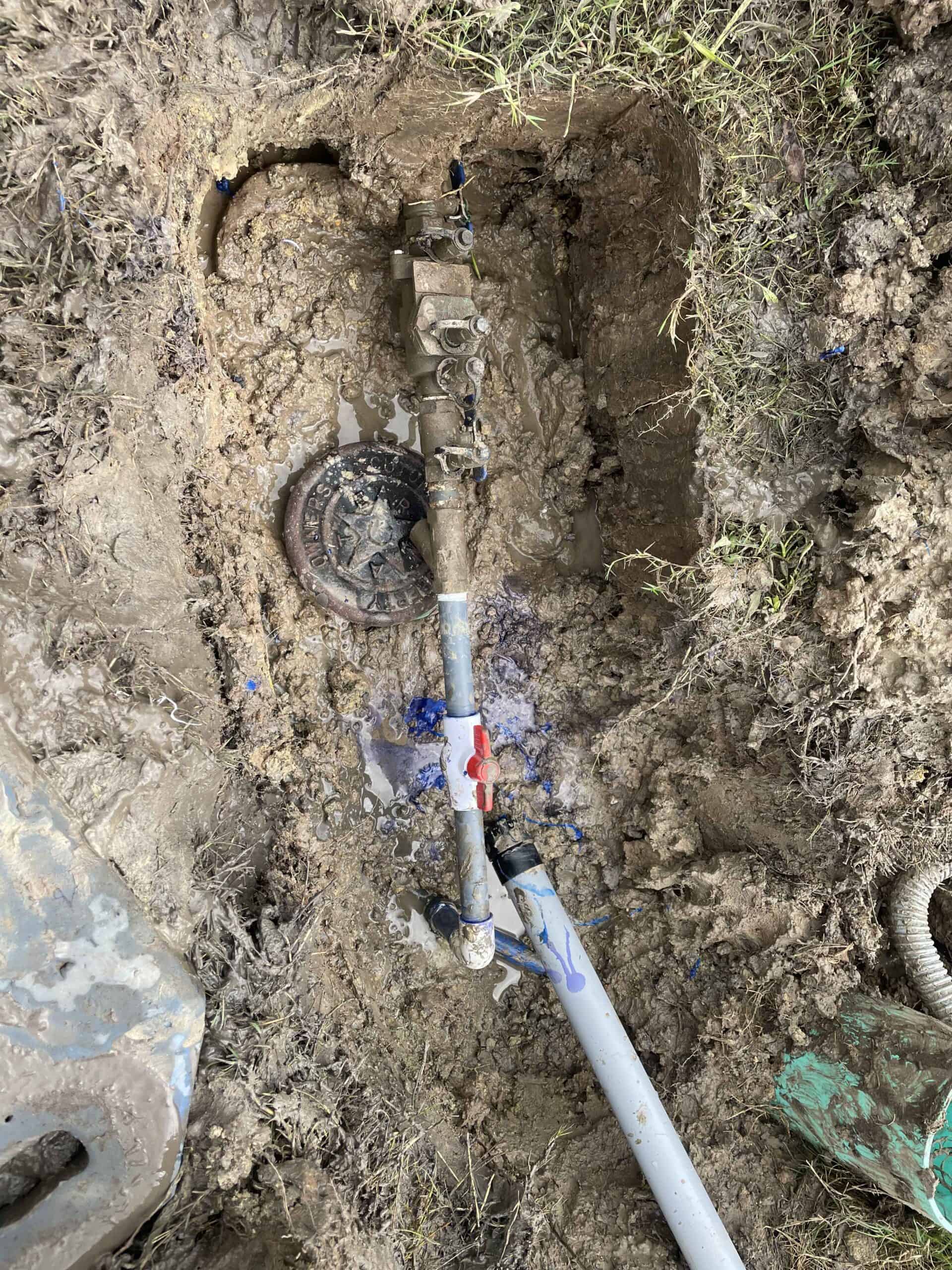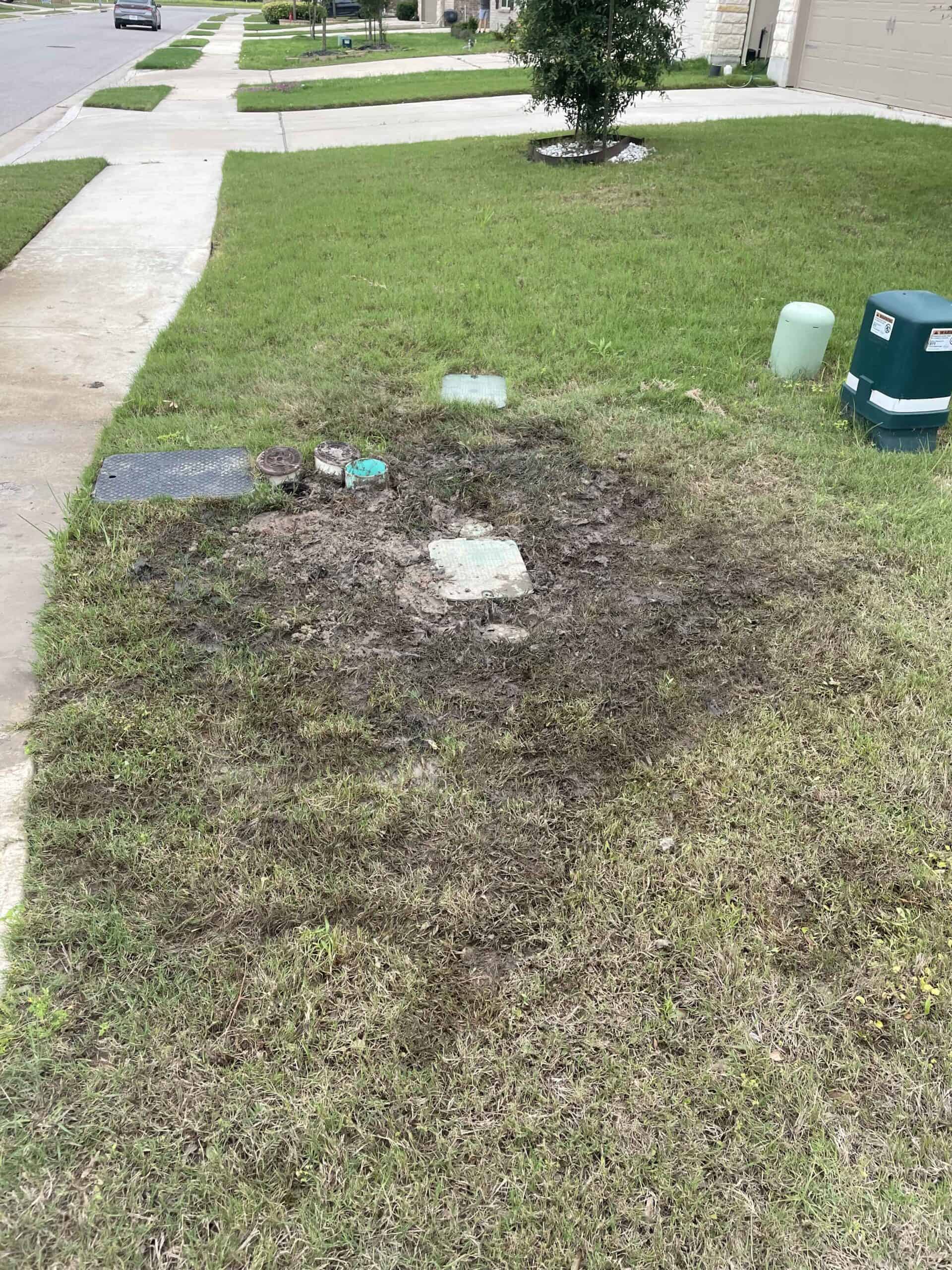Irrigation Leak Detection Methods and How to Choose the Best One
Your lawn can't thrive without effective irrigation. That's why leak detection is such an essential part of homeownership and lawn maintenance. Irrigation system leaks can significantly increase your utility bills, decrease your landscaping vibrancy, and cause seasonal headaches that are otherwise avoidable. Detecting and addressing irrigation leaks promptly is crucial. Let's explore the different leak detection methods and discover tips for choosing the best one.
Standard Leak Detection Methods
Irrigation specialists in the Dallas-Fort Worth area can use a variety of leak detection methods. Their approach depends on factors such as irrigation system design, leak location, and property obstacles. Many teams must also consider community guidelines before digging or fixing pipes and wires. Here are the four most common leak detection techniques in DFW:
Here are the four most common leak detection techniques in DFW:
#1. Visual Inspection
A visual inspection is one of the simplest leak detection methods and is usually what professionals will do when they first arrive at the scene. It involves examining the irrigation system for visible signs of water pooling and wet spots or examining the area for unusual weed growth. While the technique is straightforward, it might not work when detecting hidden leaks in large or complex systems.#2. Soil Moisture Sensors
Experts can use soil moisture sensors to measure the water content in the dirt and help identify areas with excessive water. These sensors can be placed throughout the irrigation system to gather real-time data on soil conditions. However, they might not pinpoint the exact location. Professionals may need to recalibrate soil moisture sensors based on your soil type.#3. Pressure Testing
Irrigation system pressure testing involves pressurizing the pipes to monitor pressure drops or increases. This technique effectively identifies leaks and pipes, fittings, and valves. However, pressure testing requires specialized equipment and expertise, so it's more suitable for larger irrigation systems or professional assessments.#4. Flow Meters
A flow meter measures the volume of water passing through the irrigation system. Technicians can detect sudden changes and flow rates that indicate potential leaks or other issues. Experts may also suggest installing flow meters at strategic points in the system to encourage continuous monitoring and early leak detection.Other Leak Detection Options
Will none of the standard leak detection options handle the problem? Check out these two high-tech alternatives.Infrared Thermography
Experts can use thermal imaging cameras to detect temperature variations caused by water leakage. As water cools the surrounding area, the infrared lens can identify temperature anomalies. This high-tech method is effective for detecting leaks and buried pipes but can be influenced by soil type and ambient weather.
